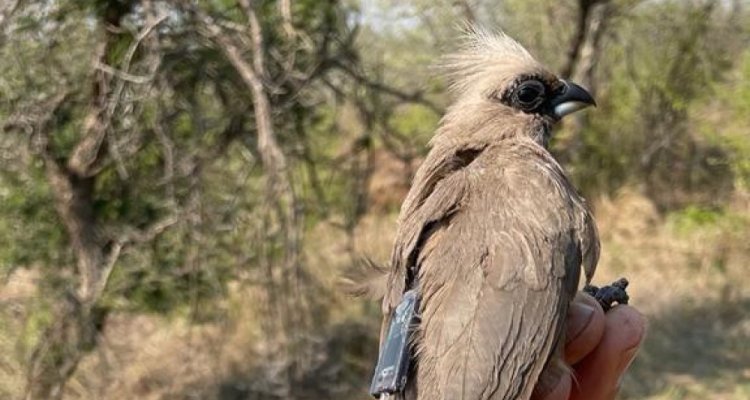
Project
Automated radio telemetry methods to uncover the social lives of birds
In this project, researchers are working on developing analytical tools and data workflows to track small, free-living animals.
Until recently, it was typically not possible to track such animals. While advances in tracking technologies now allow diminutive wild animals to be monitored, the analytical techniques for harnessing the data generated by these technologies are relatively underdeveloped. In particular, automated radio-telemetry systems are rapidly being adopted by wildlife researchers, yet the large datasets generated by these tracking systems are underleveraged.
To this end, the researchers are developing methods to more fully use the information within the massive datasets generated by automated-radio telemetry systems. A primary aim of this effort is to minimize errors in these tracking systems so that individual locations can be determined with high accuracy by any researcher using these tracking systems.
Progress (September 2023)
The researchers continue to apply machine learning techniques and produce open-access workflows to make these methods widely available and adoptable. The first manuscripts on this are expected to be published soon. Additionally, as a field test of these methods and an opportunity to apply them to answer research questions in behavioural ecology, the researchers have been tracking monogamous (Common bulbuls) and cooperatively breeding (Mousebirds) birds in Eswatini (formerly named Swaziland) as well birds with highly dynamic social structures under unpredictable environmental and climatic conditions (Zebra finches) in Australia. The researchers study the social structures of these different types of animal societies to determine the importance of sociality in these species as adaptation to their different ecology.